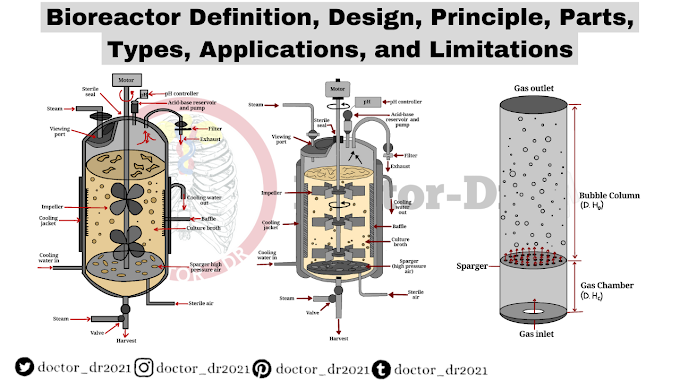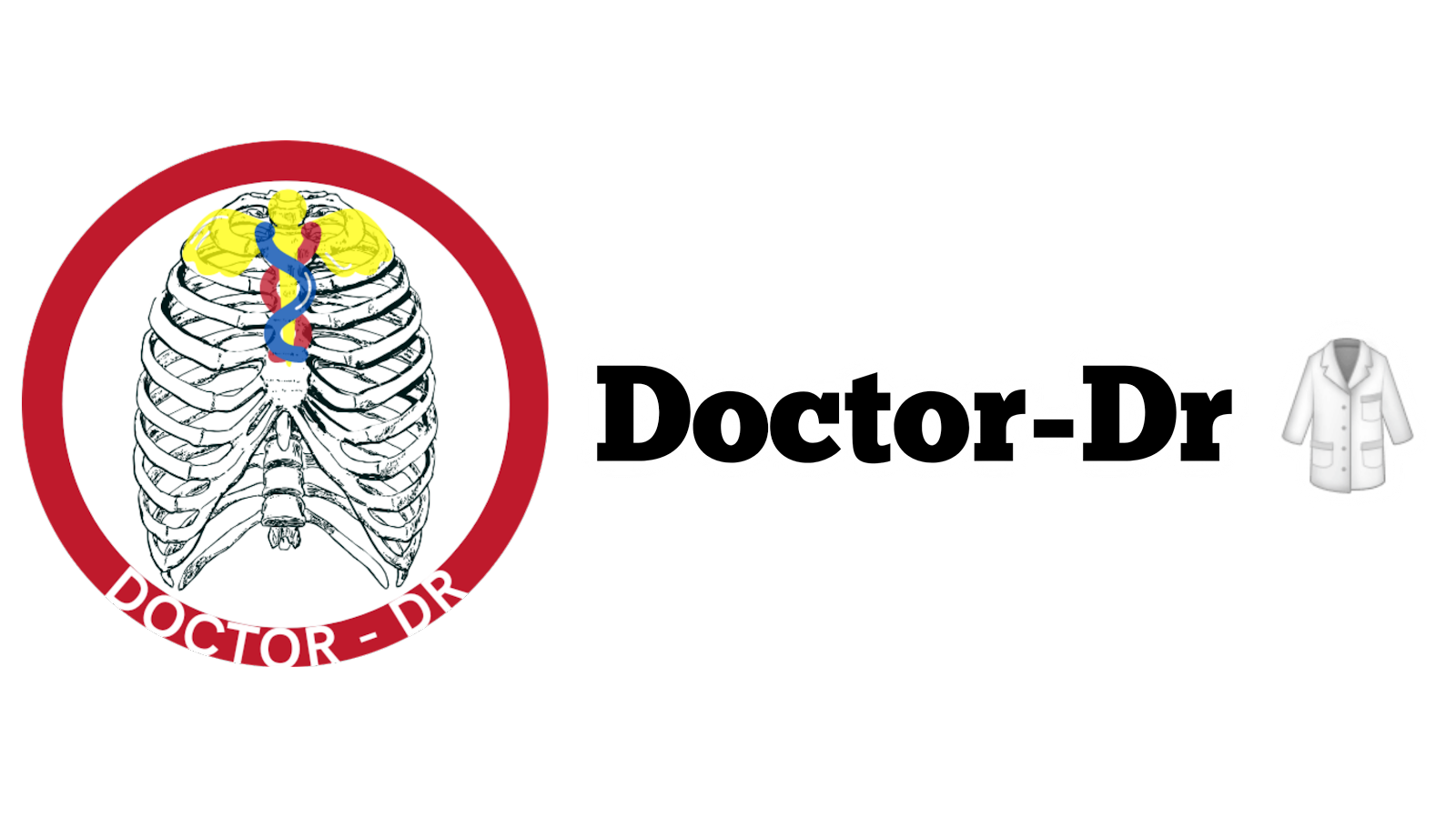
Table of Contents
- Introduction to Cholera
- Causative Agent: Vibrio cholerae
- Transmission of Cholera
- Pathogenesis: How V. cholerae Causes Disease
- Cholera Toxin and cAMP Activation
- Clinical Features and Symptoms
- Complications of Severe Cholera
- Diagnosis of Cholera
- Treatment and Management
- Summary
Introduction to Cholera
Cholera is a highly transmissible infection that primarily affects the gastrointestinal system, causing severe watery diarrhea and dehydration. It is a serious public health concern in many developing regions with poor sanitation and limited access to clean water.
Causative Agent: Vibrio cholerae
- Vibrio cholerae is a gram-negative, curved, comma-shaped bacterium.
- Appears red or pink on Gram stain.
- Possesses a single polar flagellum for motility and pili for adherence.
- It is oxidase-positive, facultative anaerobic, and grows well in alkaline environments.
Transmission of Cholera
Cholera spreads through the fecal-oral route, particularly by:
- Drinking contaminated water.
- Consuming raw or undercooked seafood.
- Poor hand hygiene after using the toilet.
- Most common in areas with inadequate sewage treatment.
At-risk populations include:
- People with low stomach acid.
- Individuals with blood type O.
Pathogenesis: How V. cholerae Causes Disease
- V. cholerae survives stomach acid by suppressing protein production.
- Travels to the small intestine, penetrates the mucus layer, and adheres to villi.
- Does not invade intestinal cells but releases toxins that trigger disease.
Cholera Toxin and cAMP Activation
Certain strains produce cholera enterotoxin (choleragen).
The toxin:
- Enters intestinal epithelial cells.
- Causes ADP-ribosylation of the Gs alpha subunit.
- Leads to continuous activation of adenylate cyclase.
- Results in excessive production of cAMP.
This disrupts ion channels:
- Chloride is secreted, while sodium and chloride reabsorption is blocked.
- Water, potassium, and bicarbonate flow into the intestinal lumen, causing diarrhea.
Clinical Features and Symptoms
- Profuse watery diarrhea (“rice-water stool”).
- Vomiting, but no fever or abdominal pain.
- Rapid dehydration can develop in 4 to 12 hours.
Associated symptoms:
- Dry mouth, sunken eyes, cold skin, shriveled hands/feet.
- Disorientation, muscle cramps, low blood pressure.
Complications of Severe Cholera
- Metabolic acidosis: due to low bicarbonate levels (can cause Kussmaul breathing).
- Hypokalemia: leads to muscle weakness and irregular heartbeat.
- Hyponatremia and hypochloremia: can cause neurological symptoms (confusion, seizures).
- Hypovolemic shock: due to massive fluid loss and low blood pressure.
Diagnosis of Cholera
- Confirmed by stool culture on thiosulfate-citrate-bile salts-sucrose (TCBS) agar.
- Rapid diagnostic methods may also be used in outbreak situations.
Treatment and Management
Immediate fluid and electrolyte replacement is the most important treatment:
- Oral Rehydration Salts (ORS) for mild-moderate cases.
- Intravenous fluids for severe dehydration.
Antibiotics may be required in severe cases:
- Include tetracyclines, ciprofloxacin, ofloxacin, furazolidone, or trimethoprim-sulfamethoxazole.
- Recovery usually occurs in 3 to 7 days with proper care.
Summary
Cholera is a life-threatening gastroenteric disease caused by Vibrio cholerae. Its rapid onset of dehydration through massive watery diarrhea makes early diagnosis and immediate rehydration therapy essential. With proper public health measures, cholera outbreaks can be effectively prevented and controlled.


~1.webp)




